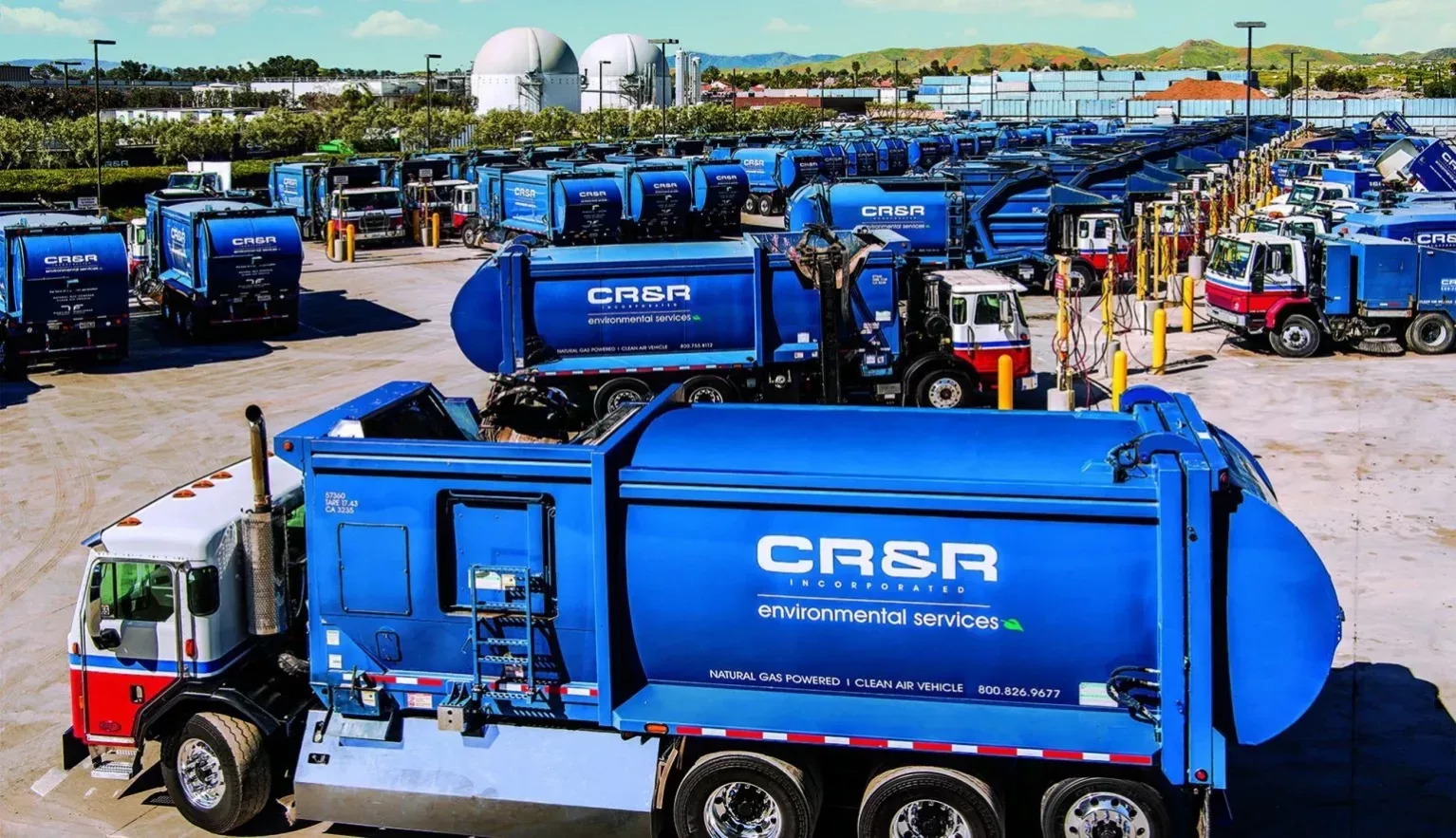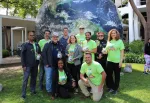CR&R Environmental Services continues to work tirelessly towards the goal of leaving the planet in a better place for generations to come. Senior Vice President, Paul Relis details his outlook for a sustainable future.
INTRODUCTION
With almost 40 million people calling California home today, its residents are placing an unprecedented strain on Earth’s natural resources and infrastructure, much like everywhere else on the planet.
Landfilling of waste continues to grow in spite of recycling efforts, and California’s air quality is consistently the worst across the US. Despite the progressive legislation that has been enacted to bolster waste diversion and recycling, Californians still dispose of more than 30 million tons of waste in landfills every year.
CR&R Environmental Services (CR&R) will never stop pushing its commitment to achieving zero percent landfill and zero percent fossil fuels.
Paul Relis, Senior Vice President of CR&R, can truly be regarded as one of the pioneers of recycling in the US, after founding a non-profit organization in Santa Barbara, California in the 1970s that established one of the first curbside collection programs, material recovery, composting, household and business hazardous waste facilities in the nation. This exposure to waste recycling and management early on in his working life went on to shape the pathway of his career in the field.
“As I worked with materials consuming industries both domestic and foreign, I found the recycling field absolutely fascinating,” he opens.
Later, in 1991, he was appointed by California’s governor to implement the Golden State’s nation-leading waste management program to reduce the dumping of waste going to landfill by 50 percent. At that time California disposed of more than 90 percent of its municipal waste in landfills. This recycling mandate impacted most of California’s 30 million people at the time and resulted in a multi-billion-dollar investment by waste companies and local governments in recycling and composting infrastructure. By the time Relis left his position in Sacramento, landfill disposal fell by nearly 40 percent.
“I was pleased by our progress, but I knew we had much further to go, and I wanted to pursue technology that could take us there,” adds Relis.
“I joined CR&R in 1998 because the owner, Clifford Ronnenberg and I shared a vision. The vision was to pursue technologies that could increase the recovery of recyclable materials and focus on the recovery of organics. To the greatest extent possible, we wanted to develop a closed-loop system. To do that we needed an organics recycling process that would extract energy from the organic waste and produce fuel that could power our fleet and reduce our dependence on diesel fuel. This vision was cast more than a decade ago, before the state’s focus on reducing methane emissions from the disposal of organic waste. It has been a long and challenging road we’ve been on, but now we’re here. Mr. Ronnenberg was steadfast in making it happen.”
In addition to helping bring forth the development of a new anaerobic digester (AD) plant, Relis has been instrumental in policy-making, laws and regulations in California. As the former Chair of the Bioenergy Association of California, which now includes 100 bioenergy companies and many governmental agencies, he also serves on an advisory committee to the powerful South Coast Air Quality Management District that regulates air emissions in Southern California.
“We are empowered by our excellent staff, and we take immense pride in the company’s commitment to circular economy practice”
Paul Relis, SVP, CR&R Environmental Services
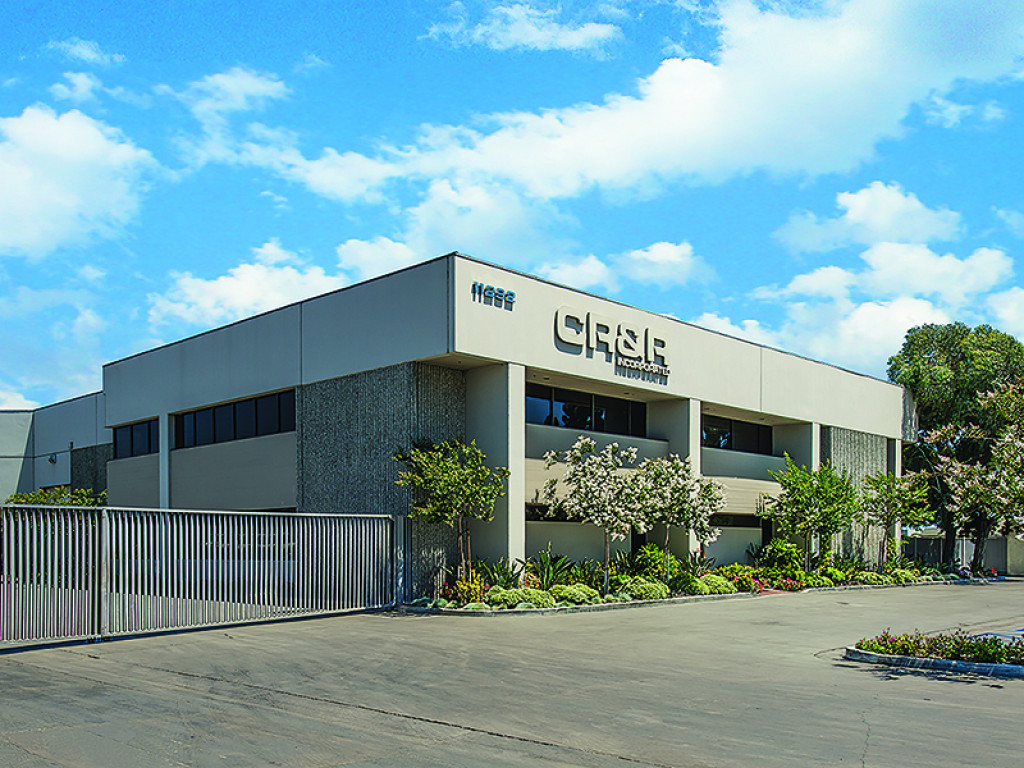
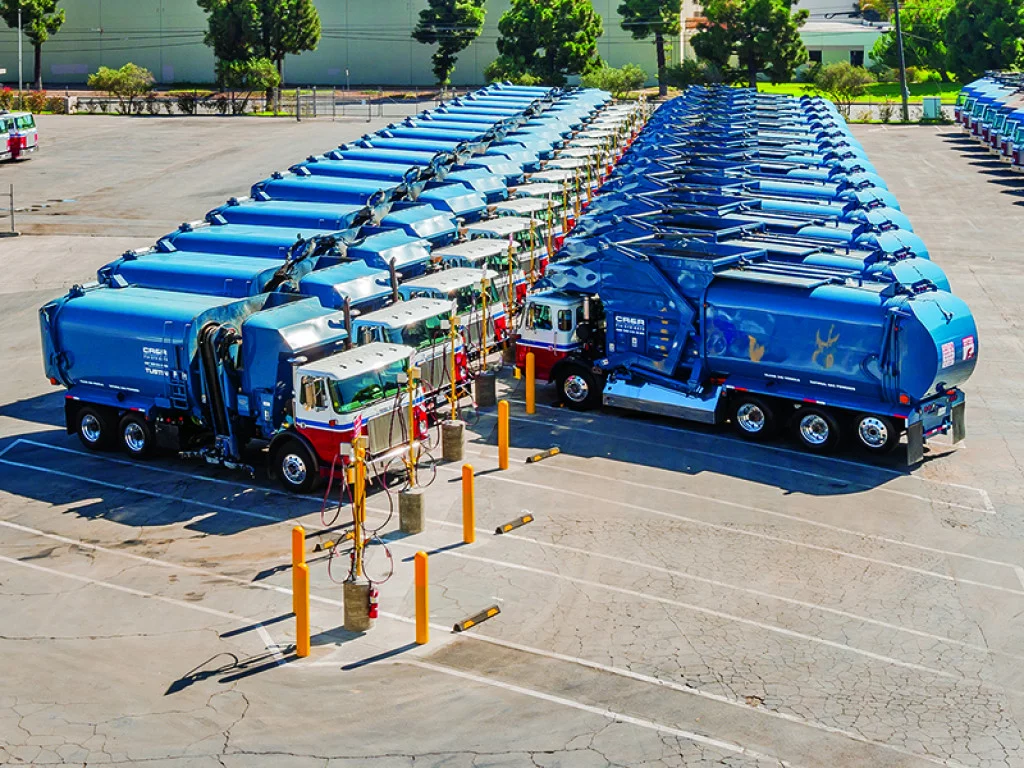
A RAPIDLY GROWING INDUSTRY
“The Southern California marketplace is ever-changing, as large segments of our client cities are fast growing. Bold legislation aimed at reducing waste, recycling more commodities, and reducing air emissions is simply a fact of life each year. Our new ambitious organics recycling law (SB 1383) aims to reduce short lived climate pollutants (basically methane) by 40 percent by 2030, which is even more ambitious than our earlier recycling law,” Relis explains.
Meeting SB 1383’s objective could require the construction of nearly 100 new or expanded organics recycling facilities. This creates enormous growth opportunities for expanded infrastructure and marketing opportunities to move organics to the landscapes and agriculture throughout California.
“We are seeing major new composting and anaerobic digester proposals as well as some new facilities. This growth will persist over the next decade provided that local governments provide incentives and service rates that support investment by companies such as CR&R. These incentives need to go hand-in hand with the new laws and regulations,” continues Relis.
CR&R has been a muscular industry giant in terms of its application of innovation for more than 50 years now.
“We are primarily a provider of comprehensive waste, recycling and composting services with a client base of three million residential customers, and 25,000 businesses. We employ some 2,300 staff and operate 1,100 trucks in Los Angeles, Riverside, Orange, San Bernardino, and Imperial Counties to fulfill our service obligations and ensure compliance with state laws.”
The diverse array of communities served by CR&R range from high-density coastal ones like Newport Beach, planned suburban communities like many in Orange County, and sparsely populated desert communities.
Just on the horizon is an impressive new investment in phases three and four of the Perris Anaerobic Digestion facility.
“This new investment will double our AD throughput to an estimated 200,000 tons per year, while producing two million gallons of renewable natural gas, enough to power more than 300 heavy-duty waste collection trucks. Phase three and four’s developments will cost an estimated $60 million and when completed, CR&R’s total investment in its AD platform will total about $160 million,” Relis continues.
Despite new investments and positive progress regarding general expansion, a crucial challenge for CR&R remains rooted in maintaining an efficient and well-oiled supply chain. The significant issues often encountered in relation to this are in securing parts and components for the digester operation. Dealing with delivery dates pushed back continuously, in some cases by months, is an ongoing reality.
While most of CR&R’S sustainable business practices take place at private facilities, the company’s fleet of ultra-low emission vehicles is the most visible symbol of how it is literally driving innovation. With this fleet of collection, transportation and street sweeping vehicles, CR&R has one goal in mind: to clean our air and reduce our carbon impact to near zero.
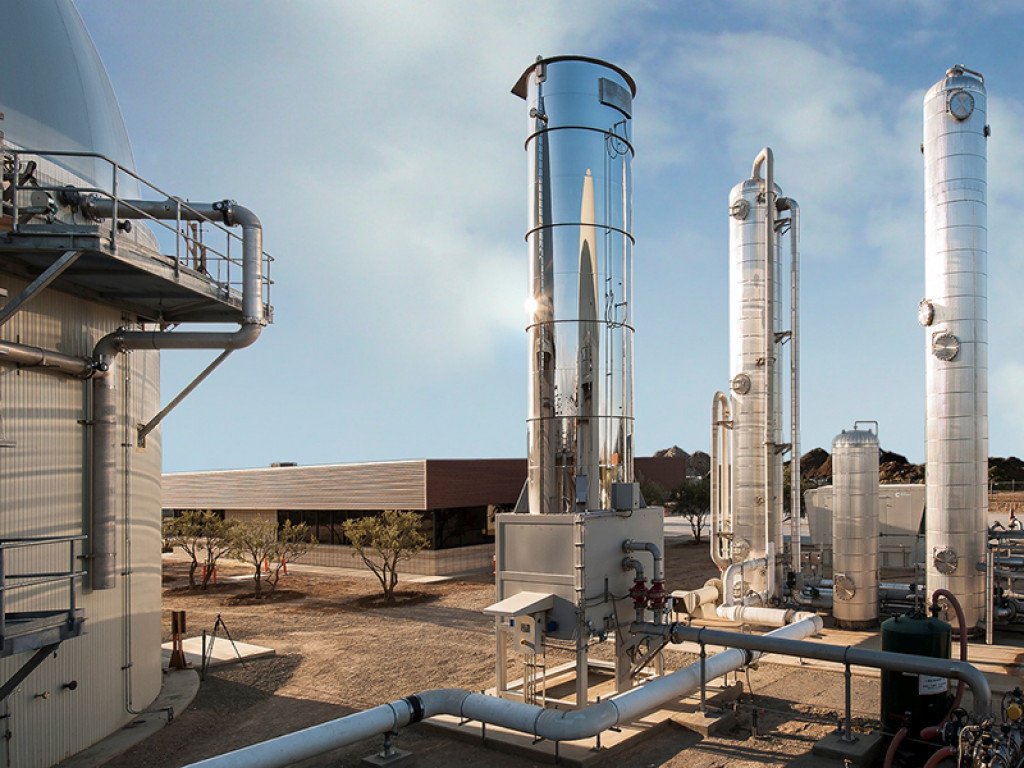
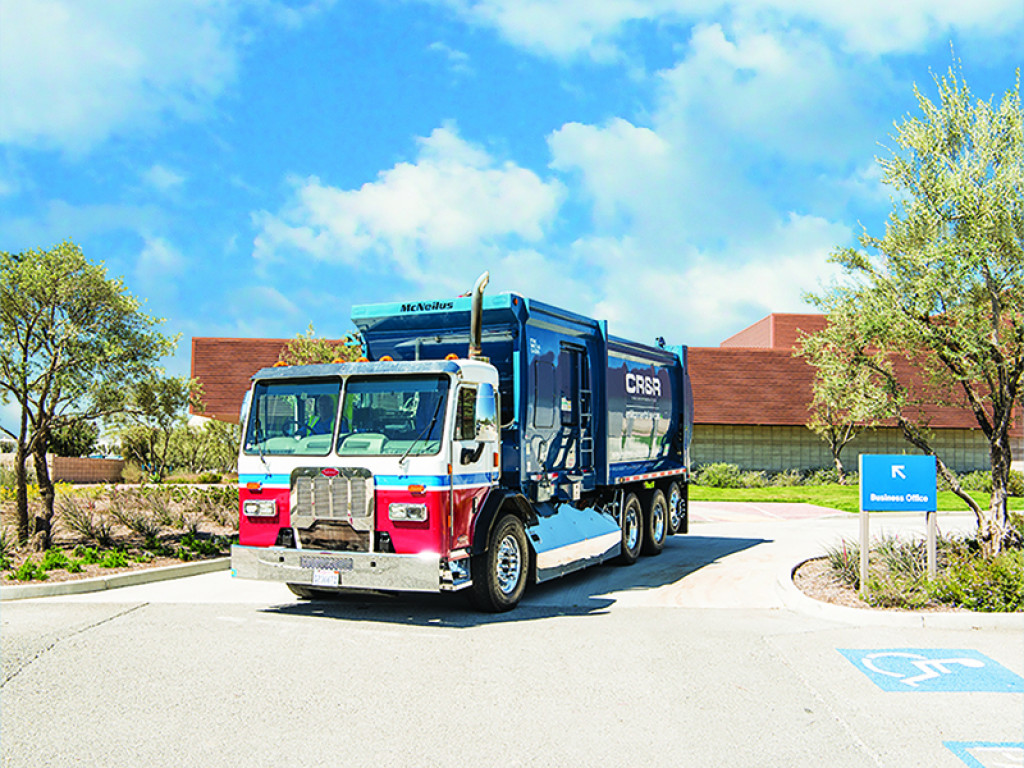
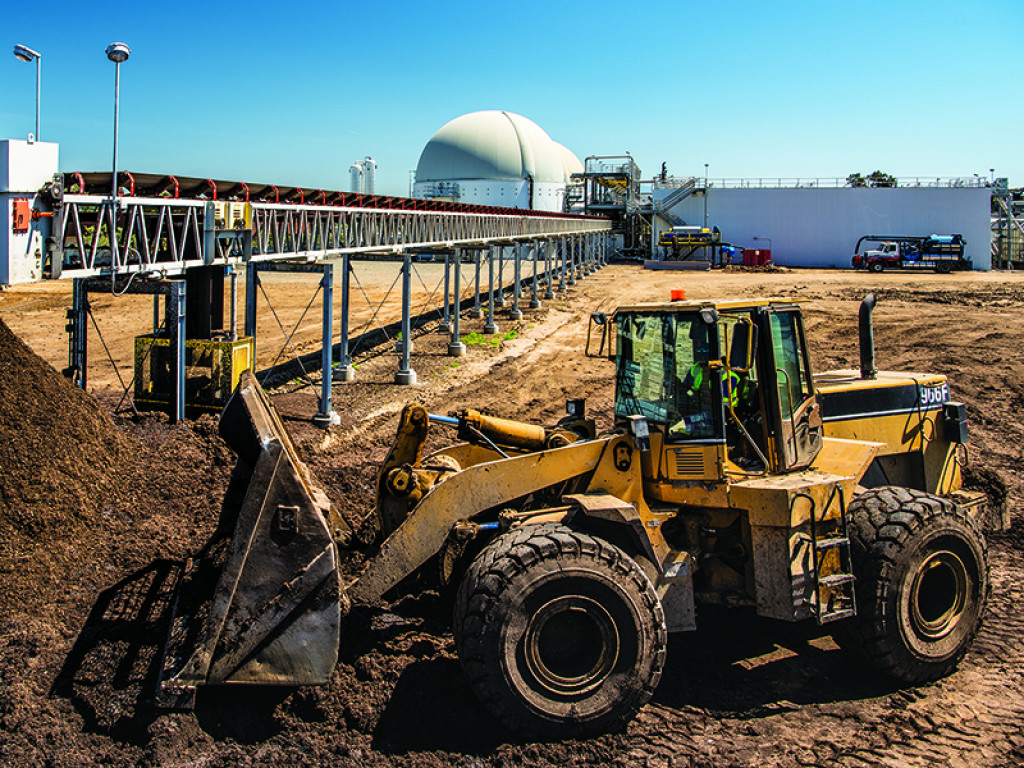
EMPOWERING STAFF AND COMMUNITIES
“CR&R has been fortunate enough to attract and retain an incredibly talented management team, many of whom have been with the company for decades. We are empowered by our excellent staff, and we take immense pride in the company’s commitment to circular economy practices, an element of the business that is a major company drawing card,” Relis explains proudly.
The commitment made by CR&R to making the world a better place for future generations is also demonstrated through its community involvement programs, whilst encouraging all current staff members to get fully involved and to make a positive difference in the lives of others.
One of these programs tackles social leadership. CR&R invests in numerous organizations that focus on developing solutions for issues that impact society as a whole, regardless of geography, demographics, or economic status.
The future of CR&R holds many exciting possibilities and promises numerous innovative ventures already in development, such as the complete permitting of phases three and four of the AD plant and its construction. CR&R is also working to utilize the non-recyclable portion of the waste stream as a lower carbon fuel substitute for fossil energy in cement-making, as well as considering green hydrogen and the electrification of segments of its fleets.

